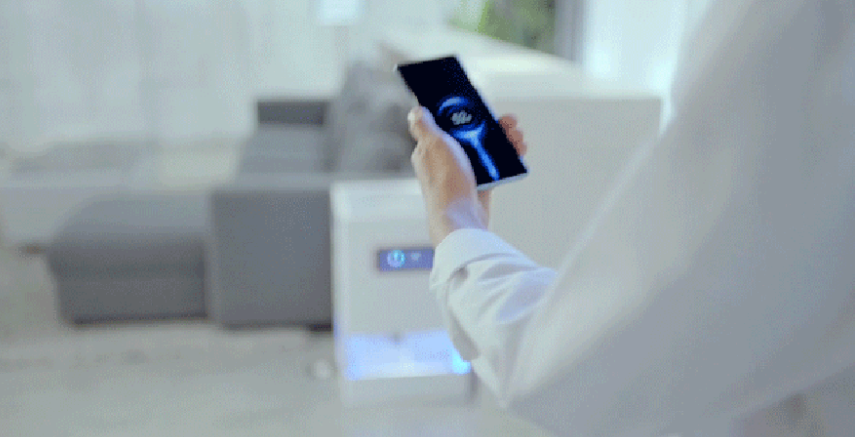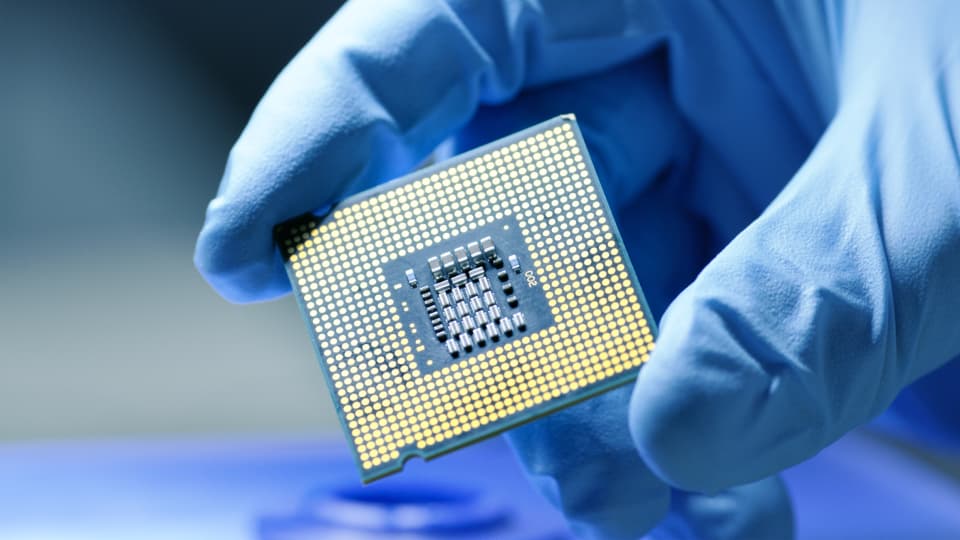Introduced as a replacement for current wireless charging technologies, the Mi Air Charge promises nothing less than remote charging of electronic devices without cables or the use of a charging cradle.
According to Xiaomi CEO Lei Jun, the technology is backed by 17 different patents.
How does Xiaomi Mi Air Charge work?
Remote charging consists of positioning the transmission of energy to devices within range of the emitting device.
The device developed by Xiaomi contains five antennas responsible for accurately detecting the location of the powered smartphone
A control matrix composed of 144 transmitting antennas transmits energy using the mmWave high frequency band, precisely directed to the powered device using beam forming technology
On the smartphone side, a system of miniaturized antennas developed by Xiaomi transmits information about the position of the phone, with low power consumption.
The network of receiving antennas built into the compatible smartphone, consisting of 14 antennas, converts the mmWave signal emitted by the Mi Air Charge device into electricity, using a conversion circuit
The remote charging technology created by Xiaomi is capable of transmitting powers of up to 5 watts for a single device, within a radius of a few meters. Several devices can be charged at the same time (each device supports 5W), without the physical obstacles significantly affecting the charging efficiency.
The bad news is that none of the existing smartphone products on the market are compatible with the Mi Air Charge device. Given that we are talking about proprietary technologies patented by Xiaomi, it is likely that the list of compatible devices will be limited in the first phase to products signed by the Chinese manufacturer.
Xiaomi says the new technology will also work with smart watches, bracelets and other wearable devices with a compact design. They can also be powered wirelessly by other devices in the home that traditionally connect to the AC outlet, such as lamps, smart tags, and other gadgets such as smart speakers and remote controls.









Leave a Reply